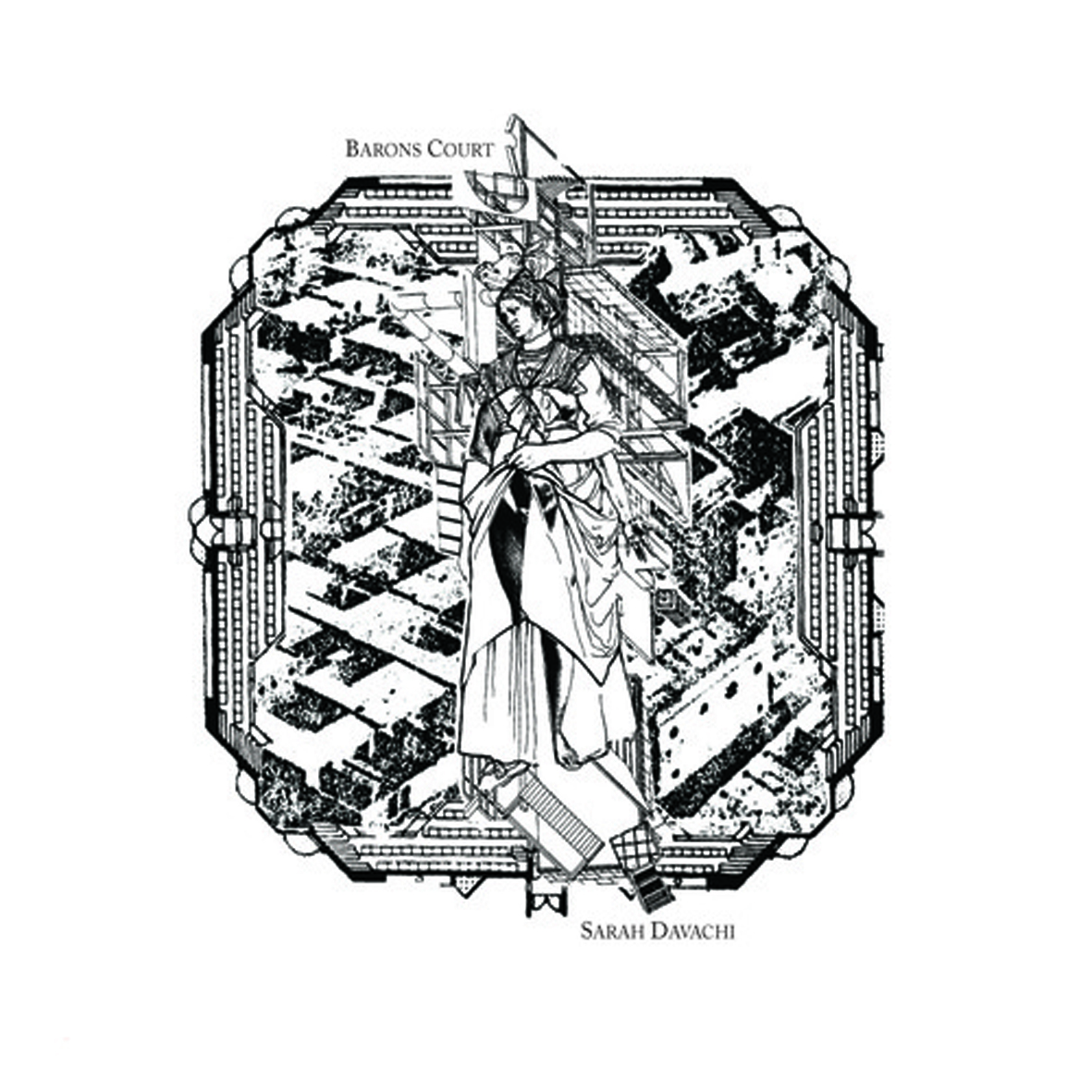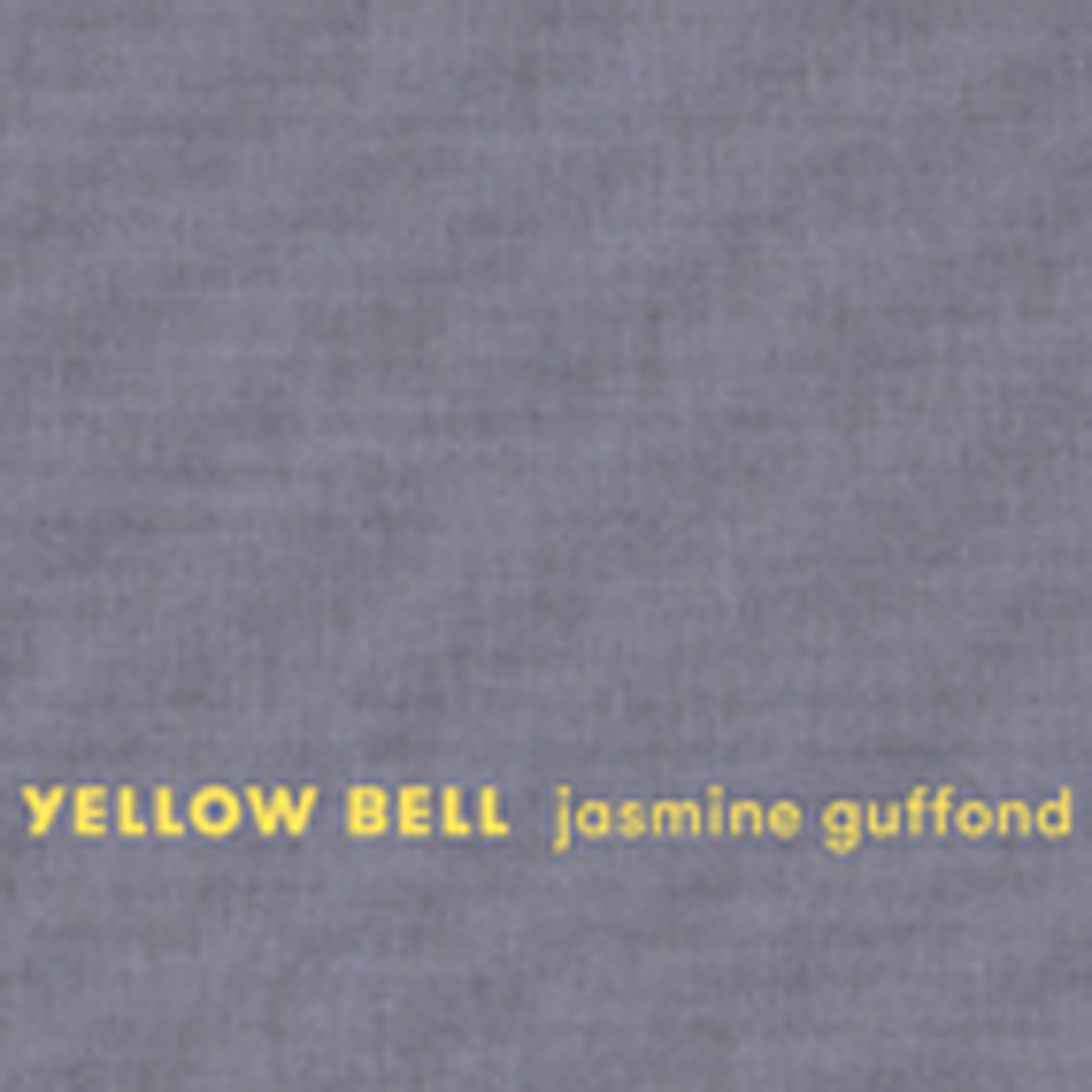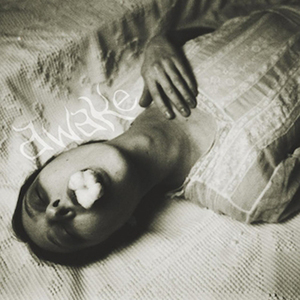 Atlanta's DKA Records has been quietly issuing vinyl for the past few years that sits on the outside of conventional techno or electronic music. Impeccable quality with an appropriately dark edge, they received a bump in notoriety last year issuing High-Functioning Flesh's debut album, which made waves into the conventional industrial/EBM world. This compilation, featuring them amongst other label luminaries, has a nice throwback feel while sounding anything but dated.
Atlanta's DKA Records has been quietly issuing vinyl for the past few years that sits on the outside of conventional techno or electronic music. Impeccable quality with an appropriately dark edge, they received a bump in notoriety last year issuing High-Functioning Flesh's debut album, which made waves into the conventional industrial/EBM world. This compilation, featuring them amongst other label luminaries, has a nice throwback feel while sounding anything but dated.
Two new shows just for you. We have squeezed out two extended release episodes for this weekend to get you through this week. They contain mostly new songs but there's also new issues from the vaults. The first show features music from Rider/Horse, Mint Field, Robert Aiki Aubrey Lowe, Anastasia Coope, ISAN, Stone Music, La Securite, Bark Psychosis, Jon Rose, Master Wilburn Burchette, Umberto, Wand, Tim Koh, Sun An, and Memory Drawings. The second episode has music by Laibach, Melt-Banana, Chuck Johnson, X, K. Yoshimatsu, Dorothy Carter, Pavel Milyakov, Violence Gratuite, Mark Templeton, Dummy, Endon, body / negative, Midwife, Alberto Boccardi, Divine. Cow in Maui from Veronika in Vienna. Get involved: subscribe, review, rate, share with your friends, send images! |





 Sarah Davachi is a young Vancouver-based artist who shares that passion for old analog synthesizers that is so rampant these days.  Stylistically, however, she is an old-style composer that shares much more common ground with minimalist drone royalty like Eliane Radigue and Phill Niblock than she does with the current pack of squiggling, blurting, and entropy-minded synth revivalists.  Also, she seems to have a fine intuitive grasp on the limits of such gear and ingeniously employs strings, flutes, and a harmonium to elevate her pieces into something better and more distinctly her own.  More importantly, this is exactly the sort of drone that I love and Davachi manages to do it better than just about anybody.  This is already a lock for one of my favorite albums of 2015.
Sarah Davachi is a young Vancouver-based artist who shares that passion for old analog synthesizers that is so rampant these days.  Stylistically, however, she is an old-style composer that shares much more common ground with minimalist drone royalty like Eliane Radigue and Phill Niblock than she does with the current pack of squiggling, blurting, and entropy-minded synth revivalists.  Also, she seems to have a fine intuitive grasp on the limits of such gear and ingeniously employs strings, flutes, and a harmonium to elevate her pieces into something better and more distinctly her own.  More importantly, this is exactly the sort of drone that I love and Davachi manages to do it better than just about anybody.  This is already a lock for one of my favorite albums of 2015. I have always been a rather casual Six Organs fan, generally enjoying whatever it is that Ben Chasny is up to at a given time, but not exactly salivating over the prospect of a new album.  Something about Drag City's cryptic description of Hexadic piqued my interest though and rightly so: this is strange and fascinating album.  The most notable aspect, certainly, is that Chasny used a self-created system of playing cards based upon the wisdom of a 14th century monk to compose a "rock" album.  That certainly does not happen every day.  Aside from that, Hexadic boasts an absolutely incendiary psych-guitar tour de force called "Wax Chance" that easily stands with anything by Les Rallizes Denudes or Mainliner.  I definitely did not expect that either.
I have always been a rather casual Six Organs fan, generally enjoying whatever it is that Ben Chasny is up to at a given time, but not exactly salivating over the prospect of a new album.  Something about Drag City's cryptic description of Hexadic piqued my interest though and rightly so: this is strange and fascinating album.  The most notable aspect, certainly, is that Chasny used a self-created system of playing cards based upon the wisdom of a 14th century monk to compose a "rock" album.  That certainly does not happen every day.  Aside from that, Hexadic boasts an absolutely incendiary psych-guitar tour de force called "Wax Chance" that easily stands with anything by Les Rallizes Denudes or Mainliner.  I definitely did not expect that either. Jasmine Guffond’s reinvention under her given name appeared a few months ago amidst a surprising amount of buzz and favorable comparisons to artists like Grouper and early Julia Holter, which is somewhat surprising for an artist who is already this deep into her career.  I suppose those Grouper comparisons will certainly grab people's attention and I accept that Liz Harris is a decent reference point in some respects, but Jasmine's not-quite fully formed aesthetic sounds like it is mostly her own to me (or is at least amorphous enough to make her influences largely irrelevant).  At its core, Yellow Bell is very much a warm and lush drone album, but its appeal lies in how tender, human, and unconventional Guffond can be within those confines.  While not quite a start-to-finish triumph, the bulk of Yellow Bell is indeed quite good or even sublimely beautiful.  The buzz was not misplaced.
Jasmine Guffond’s reinvention under her given name appeared a few months ago amidst a surprising amount of buzz and favorable comparisons to artists like Grouper and early Julia Holter, which is somewhat surprising for an artist who is already this deep into her career.  I suppose those Grouper comparisons will certainly grab people's attention and I accept that Liz Harris is a decent reference point in some respects, but Jasmine's not-quite fully formed aesthetic sounds like it is mostly her own to me (or is at least amorphous enough to make her influences largely irrelevant).  At its core, Yellow Bell is very much a warm and lush drone album, but its appeal lies in how tender, human, and unconventional Guffond can be within those confines.  While not quite a start-to-finish triumph, the bulk of Yellow Bell is indeed quite good or even sublimely beautiful.  The buzz was not misplaced. Paul Thomsen Kirk’s output as Akatombo has always leaned more into the harsher side of danceable beats and electronics, but on his fourth album, he has pushed that envelope even further. Huge bass-heavy beats, weird lo-fi sample loops and random sounds abound, and the result is an album that is reminiscent of a more westernized Muslimgauze or the best moments of late-period Techno Animal.
Paul Thomsen Kirk’s output as Akatombo has always leaned more into the harsher side of danceable beats and electronics, but on his fourth album, he has pushed that envelope even further. Huge bass-heavy beats, weird lo-fi sample loops and random sounds abound, and the result is an album that is reminiscent of a more westernized Muslimgauze or the best moments of late-period Techno Animal. Mike Shiflet might be most well known for his work as a noise artist, but a significant portion of his work features him utilizing guitar. Here, in collaboration with High Aura'd (John Kolodij), the two coax a wide variety of sounds out of their respective six stringed instruments, resulting in an album that is as much noise as it is music.
Mike Shiflet might be most well known for his work as a noise artist, but a significant portion of his work features him utilizing guitar. Here, in collaboration with High Aura'd (John Kolodij), the two coax a wide variety of sounds out of their respective six stringed instruments, resulting in an album that is as much noise as it is music. A prolific DJ with a number of singles out, the descriptively titled A Tape is German artist Helena Hauff's first full length release. A combination of stripped down minimal techno, house beats, and industrial dissonance, it is a gripping tape of heavy percussion, noisy synth, and extremely memorable rhythms.
A prolific DJ with a number of singles out, the descriptively titled A Tape is German artist Helena Hauff's first full length release. A combination of stripped down minimal techno, house beats, and industrial dissonance, it is a gripping tape of heavy percussion, noisy synth, and extremely memorable rhythms. This is certainly an early candidate for the most unexpected release of the year, as few people presumably anticipated that James Blackshaw would suddenly start singing ten albums deep into his career.  As it turns out, he handles the transition from guitar virtuoso to singer/songwriter quite well.  The nearest reference point is unavoidably something like Jim O’Rourke’s jaunty Eureka, as Blackshaw at his best displays a similarly eccentric sensibility and appreciation for kitsch mingled with impeccable musicianship and colorful arrangements.   Although Suns admittedly suffers as a complete statement due to a few lulls, missteps, and a wandering stylistic focus, it mostly makes up for it with the strength of its breezy, charming "singles" and a handful of great instrumental passages.
This is certainly an early candidate for the most unexpected release of the year, as few people presumably anticipated that James Blackshaw would suddenly start singing ten albums deep into his career.  As it turns out, he handles the transition from guitar virtuoso to singer/songwriter quite well.  The nearest reference point is unavoidably something like Jim O’Rourke’s jaunty Eureka, as Blackshaw at his best displays a similarly eccentric sensibility and appreciation for kitsch mingled with impeccable musicianship and colorful arrangements.   Although Suns admittedly suffers as a complete statement due to a few lulls, missteps, and a wandering stylistic focus, it mostly makes up for it with the strength of its breezy, charming "singles" and a handful of great instrumental passages.
